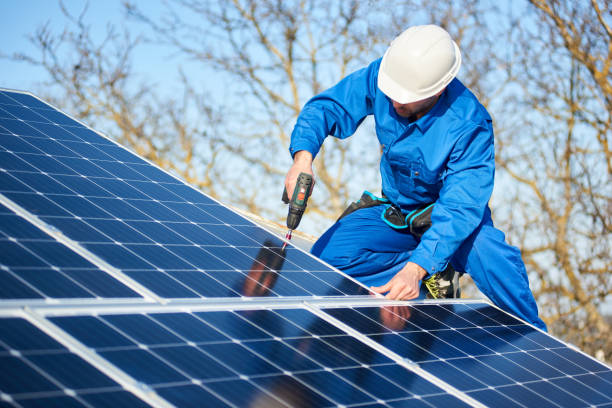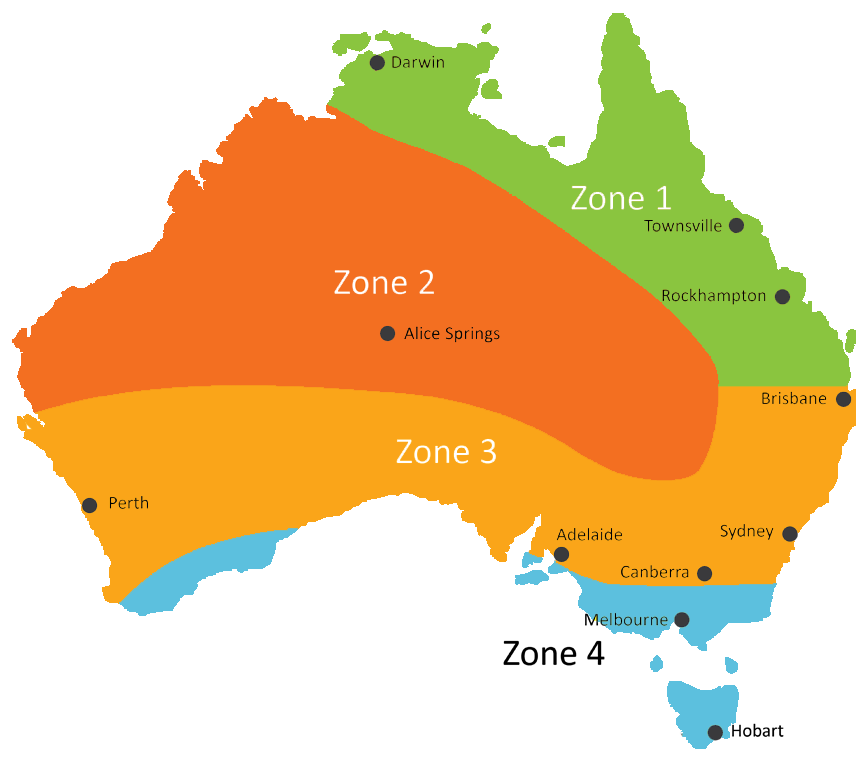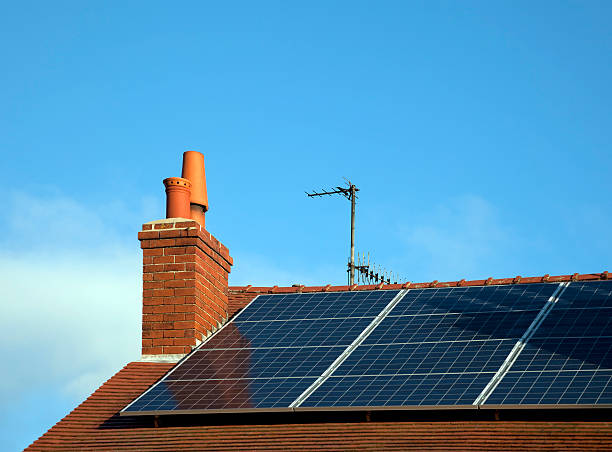More than 24,600 homeowners in Tasmania have invested in solar technology in the last few years, and many of these residents are located in Hobart. The sunny climate combined with financial incentives has made the investment very appealing for many households. Could this alone answer the question, “Does solar stack up in Hobart?”
The size of the financial incentives given by the government is getting smaller every year. But at the same time, the prices of solar technology have had a downward trajectory lately. Many Tasmanians now wonder if it is worth going solar or not.
How does solar technology stack up as an investment in Hobart and the rest of Tasmania? Here is everything you need to know.

Solar energy rebates in Hobart
If you have access to solar panel system rebates, you may save yourself a lot of costs. The rebates can potentially reduce your installation and product costs, and make solar technology more affordable for ordinary households.
So, what kind of solar rebates exist in Hobart and Tasmania?
Federal government STC rebate
In Australia, the federal government has offered a generous solar rebate scheme over the last few years. By gaining STCs (Small-scale Technology Certificates) when you install a solar panel system, you can reduce your costs considerably.
The value of the STCs is deducted from your installation costs, and in most cases, the rebate is already applied when you receive a solar panel quote from an installer. So, the number of STCs will affect the total size of your solar rebate.
The STC amount not only depends on the size of your solar system but also on the STC zone (1 to 4) you are located in. Hobart and the rest of Tasmania are defined as STC zone 4. In zone 4, you will receive fewer STCs than in zones 1, 2 and 3.
Although the economic support is not as big as in other areas of Australia, the government will cover a significant part of your solar system expenses.

Other rebates
At the time being, there are no solar state rebates for the residents of Hobart and Tasmania. In other words, the mentioned STC rebate is your only option. However, there is one financial incentive that may help you cover your initial costs.
The TEELS (Tasmanian Energy Efficiency Loan Scheme) program is offering interest-free solar panel system loans of up to $10,000 for homeowners. Businesses may receive an interest-free loan of $40,000 or less. As an investment this will help solar stack up in Hobart as a good investment.
What does a solar energy system cost in Hobart?
From 2012 to 2022 solar energy system prices have dropped significantly in Hobart and Tasmania. In 2013, you had to pay around $2.5 per Watt of your system. Today, the price is much lower – at around $1.25 per Watt.
In other words, the price has been reduced by around 50%. The average cost for a typical 6.6 kW system in Hobart, is $7,050.

Are solar energy systems effective in Hobart?
Yes, as in most parts of Australia you can expect your solar panel system to produce energy effectively thanks to the overall sunny climate. However, the system efficiency is considered to be lower than in cities like Sydney and Brisbane.
But if your home has a good location (with access to sunlight) and the solar panels are oriented favourably, you can expect the system to be very efficient.
On average, solar panels installed on the rooftop of a Hobart home will receive 3.8 to 4.4 hours of peak sunlight throughout the day. If you install a 7 kW system, this will usually give a power output of 20 to 23 kWh.
Cut your electricity costs by going solar
If you have a 5 to 7 kW solar energy system that yields 14 to 23 kWh every day, this will usually be enough to cover your energy needs. The typical Hobart household will use around 15 to 25 kWh of electrical power every day.
If your system is covering your power needs, you will be able to reduce your power bills by a great deal. And remember, if the solar system produces more electricity than you need, you can always transfer the excess power into the grid. If so, you will receive a feed-in tariff.
The savings and feed-in tariffs will reduce the payback time of the system. On average, the payback time in Hobart is 6.2 years if you invest in a 6.6 kW system.
Is it worth investing in solar energy systems in Hobart?
Although it is a bit more expensive to invest in solar panel systems in Hobart and Tasmania than in other parts of Australia, it is still a good investment. The payback period is longer than in the rest of the country, but the system will still pay for itself after some time.
You should consider solar panel systems to be a long-term investment. Good luck!